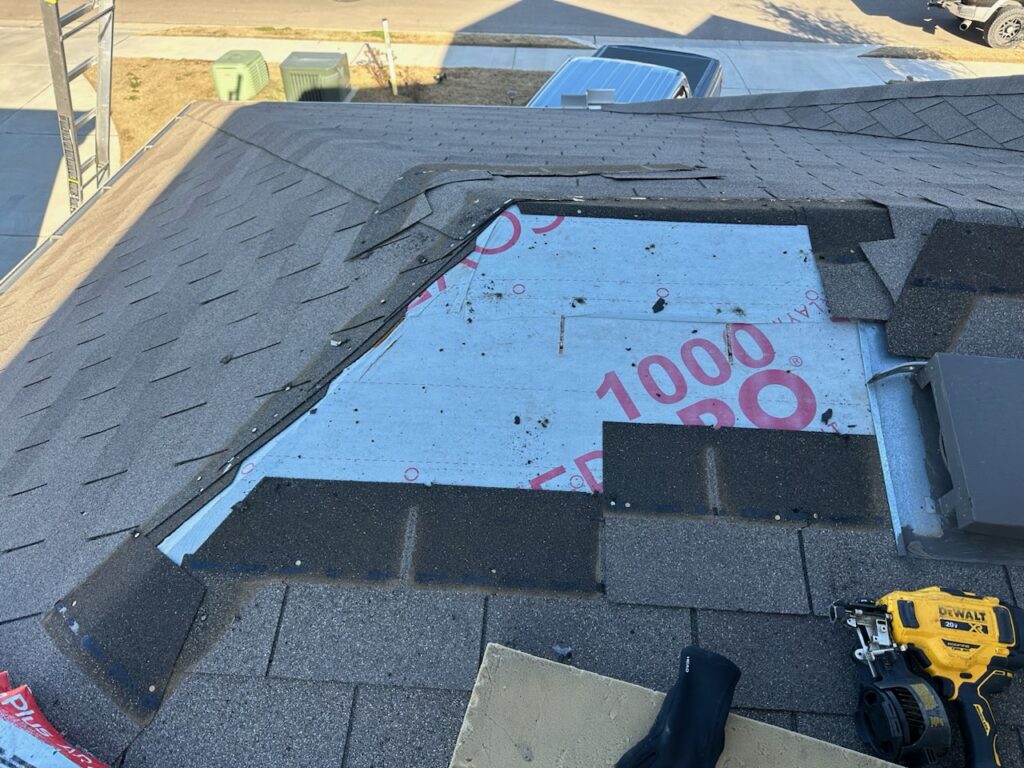
As a homeowner in Central Texas, your roof plays a vital role in protecting your property from the region’s diverse weather conditions, including scorching summers, torrential rains, and occasional hailstorms. Over time, wear and tear can take a toll on your roof, compromising its integrity and performance. So, how do you know when it’s time to replace your roof? Let’s explore the telltale signs that indicate it’s time for a roof replacement in Central Texas:
1. Age of the Roof: One of the most significant factors in determining whether it’s time for a roof replacement is its age. In Central Texas, most asphalt shingle roofs have a lifespan of around 20-30 years. If your roof is approaching or exceeding this timeframe, it’s wise to consider a replacement, even if there are no visible signs of damage.
2. Shingle Damage: Inspect the condition of your shingles regularly. Look for signs of curling, cracking, or missing shingles. In Central Texas, prolonged exposure to sunlight and heat can cause asphalt shingles to deteriorate faster. Additionally, hailstorms common in the region can cause impact damage to shingles, leading to granule loss and weakening of the roof’s protective layer.
3. Leaks and Water Damage: Water stains on your ceiling or walls are a clear indication of roof leaks. Inspect your attic for signs of moisture, such as water stains, mold growth, or rotting wood. Even small leaks can lead to significant structural damage over time, so it’s essential to address them promptly. If your roof is experiencing frequent leaks or extensive water damage, it may be time for a replacement.
4. Sagging or Uneven Roofline: A sagging or uneven roofline is a serious issue that requires immediate attention. It can indicate underlying structural damage or roof decking deterioration. In Central Texas, extreme weather events, such as heavy rains and high winds, can exacerbate these problems. If you notice any signs of sagging or unevenness, consult a professional roofer to assess the extent of the damage and determine if a replacement is necessary.
5. Energy Efficiency Concerns: An aging or damaged roof can compromise the energy efficiency of your home. Poor insulation and ventilation can result in increased energy bills, as your HVAC system works harder to maintain comfortable temperatures. If you notice a significant increase in your energy costs or difficulty regulating indoor temperatures, it may be time to replace your roof with newer, more energy-efficient materials.
6. Moss or Algae Growth: Moss, algae, or mold growth on your roof can indicate excess moisture and poor drainage, which can lead to roof deterioration over time. In Central Texas, humid conditions provide an ideal environment for these organisms to thrive. While moss and algae growth can often be addressed with proper cleaning and maintenance, extensive growth may signal deeper issues that require a roof replacement.
Conclusion: Knowing when it’s time to replace your roof is essential for maintaining the integrity and safety of your home in Central Texas. By being vigilant for signs of aging, damage, leaks, and energy inefficiency, you can address roof issues proactively and avoid more significant problems down the line. If you’re unsure about the condition of your roof, don’t hesitate to consult with a professional roofing contractor who can assess your roof’s condition and recommend the best course of action. Investing in a new roof now can provide peace of mind and protection for years to come.
